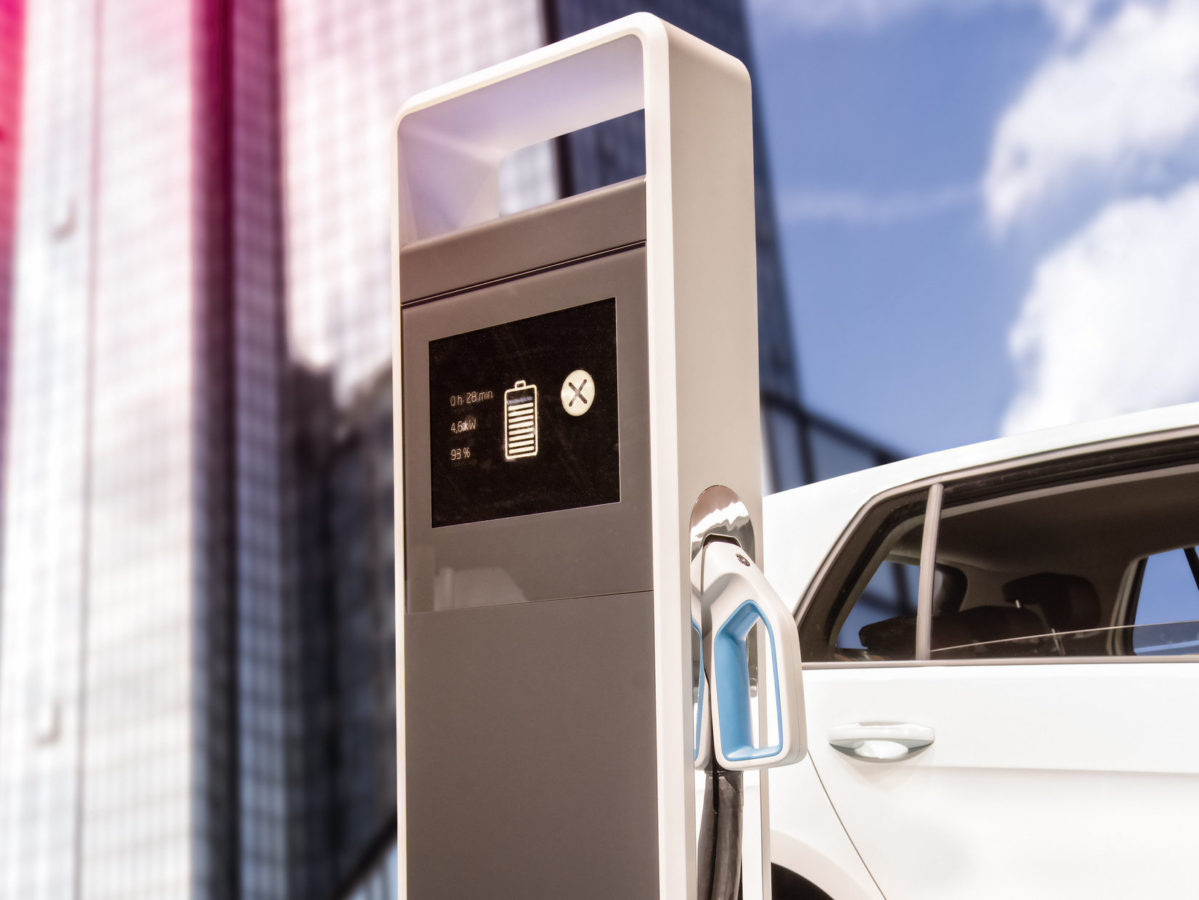
Austin Energy wants to understand V2G; so should you.
Austin Energy (AE) recently announced that it will work with the Pecan Street project to test Vehicle to Grid (V2G) technology, adding to an increasing number of V2G pilots globally.
In addition to providing insights for grid management, V2G has the potential to provide flexible resources and a way to meet clean energy objectives[1]. Whether or not utilities get on board with V2G, manufacturers, such as Nissan, are developing Vehicle to Home (V2H) and Vehicle to Business (V2B) technologies that may be attractive to consumers and facility managers as behind-the-meter (BTM) battery resources.
Commercialization of V2G is at the very least fifteen to twenty years off. With more immediate changes happening in the industry, utilities have a lot on their plates. Still, V2G/V2H/V2B should not be left out of utility integrated resource planning (IRP), distribution resource planning (DRP) and/or energy procurement plans. Given the long planning horizon, it makes sense to start thinking about V2G soon. Here is are ways analytics will help:
- Forecasting V2G/V2H/V2B adoption. Adoption of V2H/V2B as behind-the-meter (BTM) resources will modify demand. For example, a parked vehicle that is fully charged could provide energy to the home, reducing consumption and changing load profiles. The extent to which utilities will have visibility into the BTM use of EV batteries is not clear; this will drastically affect how utilities forecast demand. Over time, forecast models will likely be refined based on experience with adoption and usage patterns.
- Simulating grid impact. Not enough research has been done to understand owner charging/discharging behavior. Segmenting customers (fleets, consumers, car sharing services, public transportation) and predicting charge/discharge patterns will be necessary to determine how and where V2G will impact the grid.
Analytics used to plan for the growth and impact of EVs and distributed energy resources will be able to handle simulations of V2G growth and charging patterns, as V2Gs can be treated like energy storage.
But there are a few caveats. Unlike a stationary battery, a “battery on wheels” may not be available (it is on the road), could be available for discharge at other than its typical base (work, public charging, etc.), or it could be at its base, but at a low state of charge. And, there is a high probability that charging patterns will change day to day.
Analytics will need to accommodate that additional complexity. These two areas are rising to the top:
- Particle swarm optimization: this modeling approach is increasingly used to plan EV charging infrastructure, and can also be extended to forecast demand by location. Models are intended to prescribe group behavior based on individual and group “best outcomes,” with individual trajectories being adjusted along the way. Read more here.
- Adaptive dynamic programming: this approach is used to understand optimal control in non-linear and dynamic systems, and is particularly suited for understanding V2G grid impacts.
Jill Feblowitz is President of Feblowitz Energy Consulting, where she helps companies in the energy ecosystem with innovation. Ms. Feblowitz has over 30 years in the business, starting with watts (as an electrician) and moving to MW (as a consultant and IT analyst), providing advice on business, regulation, and technology. She has a historical perspective as well as a keen sense of industry game-changers – renewables, distributed energy resources, storage, EVs, smart grid and information/control technologies (Big Data, analytics, edge computing, AI/machine learning, robotics, and more). During her long work history, she has learned how critical analytics are to industry performance.
[1] The California Energy Commission and the California Public Utility Commission report that “five million PEVs, with the potential capacity to provide 3 GW to 10 GW of stored electricity for up to four to six hours, present a flexible resource that could be highly leveraged.” For AE, it is about getting to net zero energy. Karl Popham, Director of EV & Emerging Technologies, believes that [1] “with currently available policy levers, the utility can harness 50%-60% of the value offered by EV technology, but improved V2G integration could get AE to 100%.”














